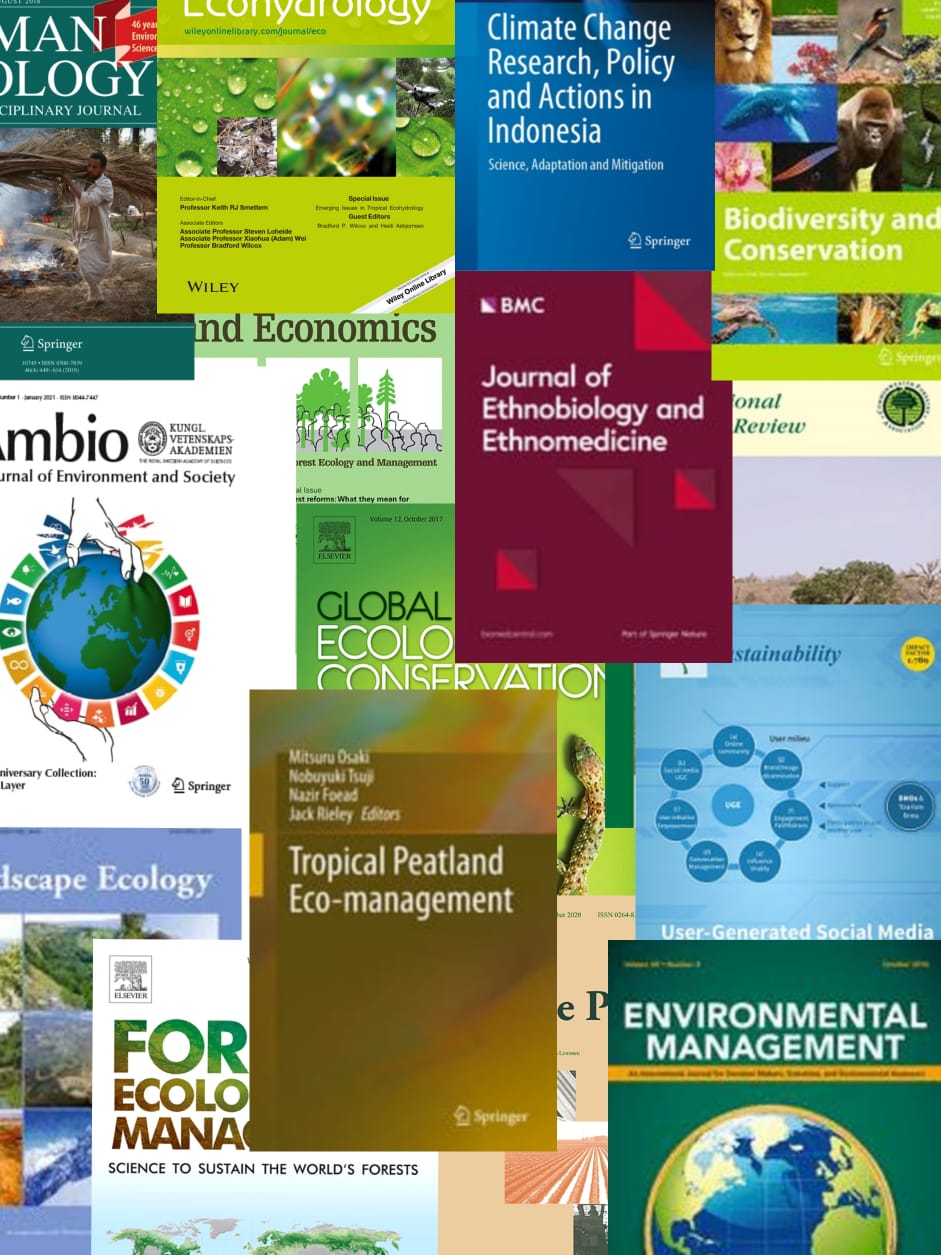A comprehensive geochemical study was conducted in the Sibuti River estuary by considering water, suspended solids (SS), and sediment samples from 36 stations during southwest monsoon (SWM) and northeast monsoon (NEM). In this study, the distribution of in situ parameters, major ions, nutrients, trace metals, and isotopes (& delta;D, & delta;O-18) were analyzed in water samples, whereas sediments and SS were studied for trace metals. The distribution revealed that suspended solids were the major carrier of Cd, Zn, and Mn, whereas sediments worked as a major source of Co, Cr, Ba, Se, Cu, and Pb. Na-Cl water type and ion exchange dominated the lower part of the estuary during both seasons. However, the mixed mechanism of Ca-Cl, Ca-Mg-Cl, and higher weathering indicated reverse ion exchange in the intermediate and upper parts of the estuary. Isotopic signatures of & delta;D and & delta;O-18 in estuarine water indicate that the precipitation over the Limbang area dominates during SWM, whereas higher evaporation was confirmed during NEM. The factor analysis revealed that seawater influence in the estuary majority controlled the water chemistry irrespective of seasons. Major ions were mainly regulated by the tidal influence during the low flow time of the river (SWM), whereas the mixing mechanism of weathering and seawater controlled the concentrations during NEM. Nutrients such as NO3, SO42-, NH3, and NH4+ mainly originated from the agricultural fields and nitrification along with ammonification were responsible for the recycling of such nutrients. Trace metals except Cd were found to be geogenic in nature and originating mainly from the oxidation of pyrites present in the sandstone and mudstones of the Sibuti Formation. Redox condition was catalyzed by microorganisms near the river mouth, whereas Al-oxyhydroxides and Fe-oxyhydroxides complexes in the intermediate and upper part under oxygenated conditions controlled the absorption of metals. Overall, the estuary was found to be absorptive in nature due to ideal pH conditions and was confirmed by the saturation index (SI) of minerals.
View source

